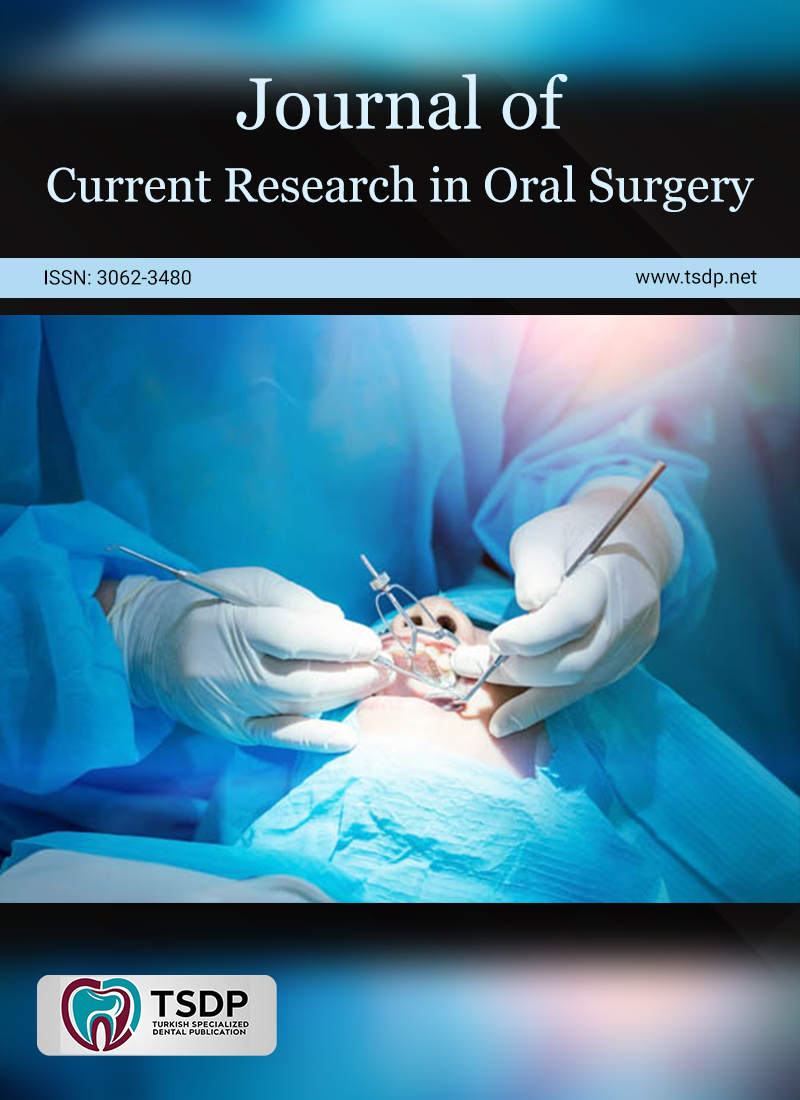
Alpha-lipoic acid, beta-carotene, zinc, selenium, copper, lycopene, and alpha-tocopheryl acetate were all used in this study to investigate the effectiveness of multi-drug therapy in the treatment of oral submucous fibrosis. Group 1 included 46 patients with OSMF (inter-incisal opening > 35 mm), group 2 included 25-35 mm, and group 3 included 15-25 mm. Inter-incisal distance and burning sensation (as measured by the visual analogue scale) were determined before surgery and during the second month of medication therapy. SPSS software was used to statistically analyze all of the data. A paired t-test was used to compare the three groups' changes in inter-incisal distance and burning sensation following medication therapy. Tukey's post hoc test was used for pairwise comparisons, and a one-way ANOVA was used to compare inter-incisal distance and burning sensation between groups. The study's subjects had an average age of 29.71 years and an 8:1 male-to-female ratio. For groups 1, 2, and 3, the mean increase in mouth opening was 1.3, 3.9, and 2.4 mm, while the mean decrease in burning sensation was 1.42, 2.46, and 1.86 mm (both statistically significant). Comparisons of groups 1 and 2, as well as groups 2 and 3, revealed a statistically significant increase in mouth opening and reeducation of burning sensation. OSMF patients' mouth opening and burning sensation symptoms improved with multidrug therapy. The patients with early-stage OSMF (mouth opening between 25 and 35 mm) responded well to the combined therapy.